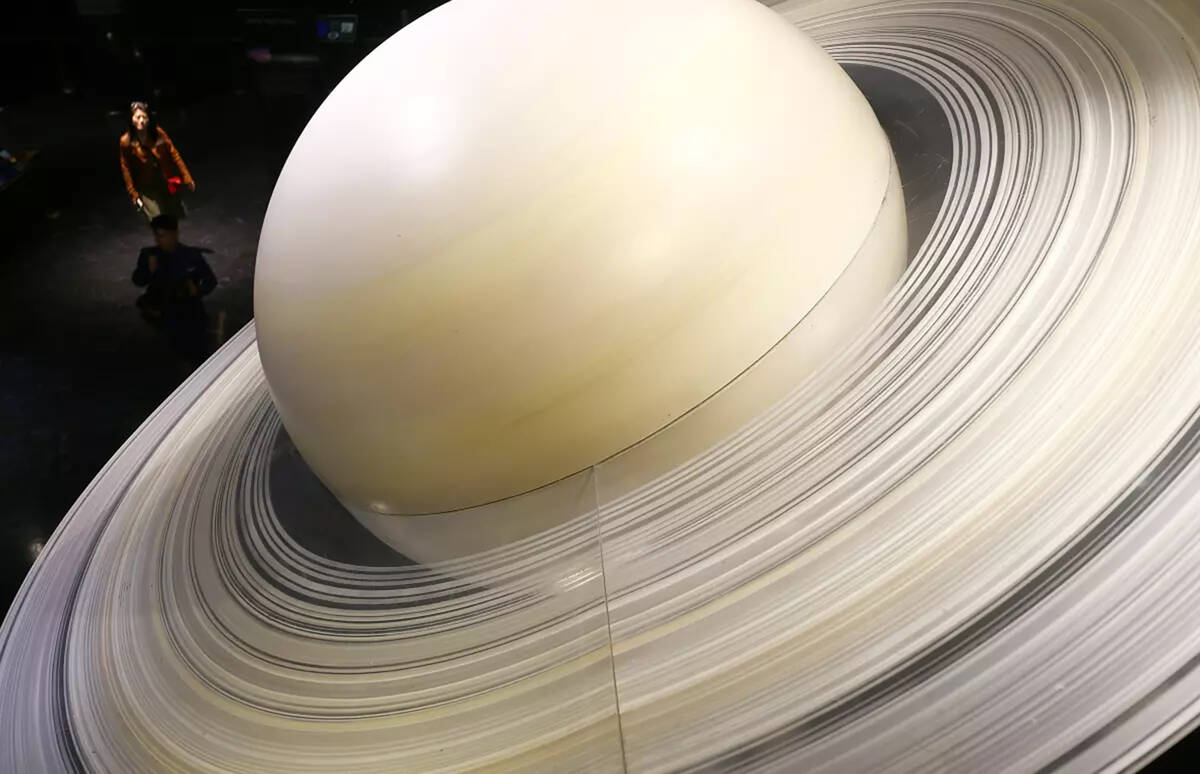Skygazers can enjoy ‘planetary parade’ in June
LOS ANGELES — First came a rare solar eclipse, followed by the northern lights, fueled by a solar storm. The next celestial phenomenon will come next month, when skygazers can look forward to an alignment known as a “planetary parade.”
The parade will start June 3, when Mercury, Mars, Jupiter, Saturn, Uranus and Neptune will be aligned, according to Star Walk Astronomical News, a planetarium phone app.
During such events, multiple planets can be seen across the sky. A “mini planetary alignment” is when three are aligned; a large alignment comprises five or six, according to the outlet.
But don’t expect to see them all.
Preston Dyches of NASA’s “Skywatching Tips” video series explained that only two planets will be visible to the naked eye June 3, if any.
“Contrary to many reports and social media postings, there will not be a string of naked-eye planets visible on June 3,” he said via email. “Mercury and Jupiter will be far too low in the sky at sunrise. Even under ideal conditions (a dark sky, free from light pollution) Uranus is very dim and challenging to spot. The skyglow near dawn makes matters worse.”
Neptune, which is six times dimmer than Uranus, requires a telescope to be seen, according to Dyches.
The “real parade,” he said, will occur about four weeks later, on June 29, when Mars, Jupiter, Saturn and the three-quarter moon will be visible in the morning twilight. In Southern California, this should occur around 5 or 6 a.m., according to Paul Robertson, an associate professor of physics and astronomy at UC Irvine.
“If you went out that morning, you could actually see all of those four objects at the same time, and that’s not really the same for the June 3 thing,” he said.
The parades won’t be the end of this year’s sky spectacles.
A nova outburst is expected to take place at some point before September, Robertson said.
The outburst will be visible in the constellation Corona Borealis and will be as bright as the North Star for about a week before fading, according to Space.com.
The phenomenon occurs when a white dwarf and red giant star orbit each other. As the white dwarf takes stellar material from the red giant, a flash of nuclear fusion is ignited, launching a nova outburst, according to the outlet. The event is expected to be a “once-in-a-lifetime stargazing opportunity.”
“I think people may have gotten a little more interested in watching the sky since the big eclipse,” Robertson noted. “I know people traveled for that. It changes your perspective on things.”

















